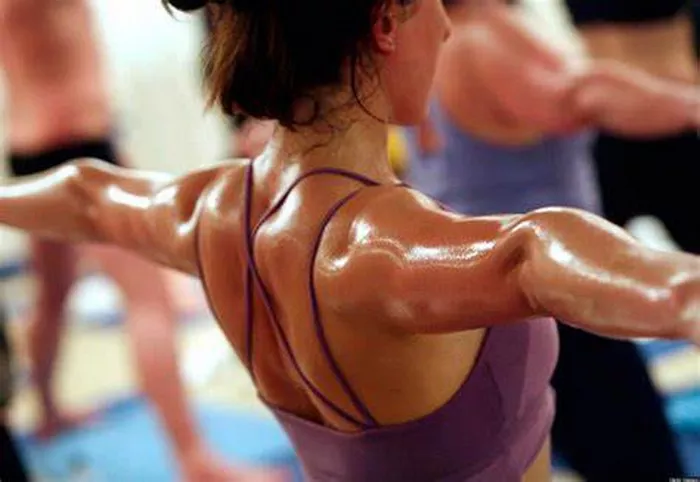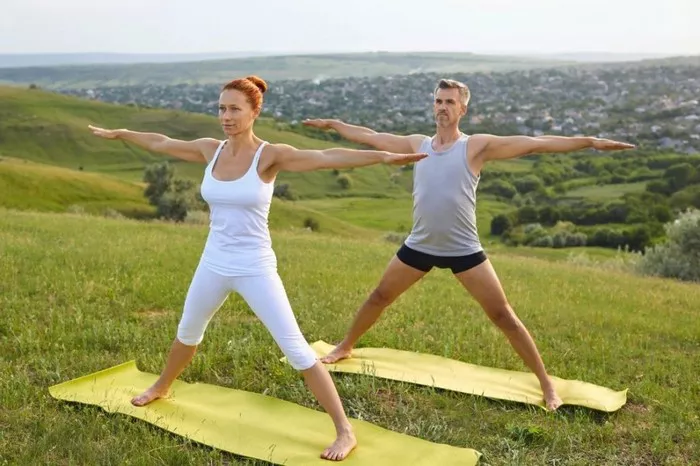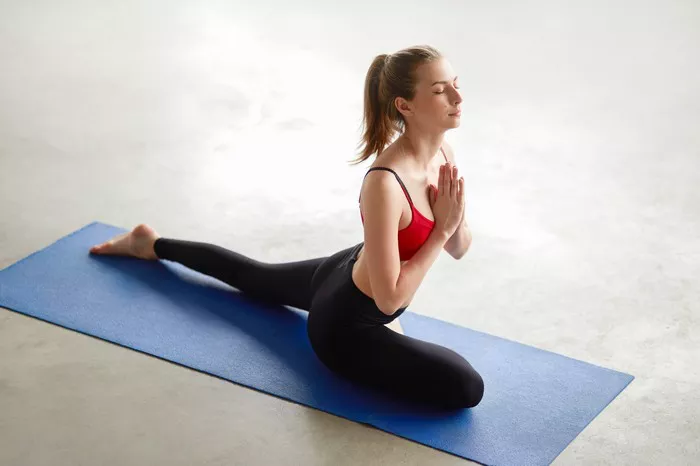Hot yoga has surged in popularity, attracting individuals seeking a unique and invigorating approach to fitness and mindfulness. Practicing yoga in a heated environment not only enhances physical flexibility and strength but also encourages mental clarity and emotional balance. However, embarking on your hot yoga journey requires some preparation. This comprehensive guide explores everything you need for a successful hot yoga experience, from gear and attire to hydration and mindset.
1. Understanding Hot Yoga
1.1 What is Hot Yoga?
Hot yoga is typically practiced in a room heated to temperatures ranging from 95°F to 105°F (35°C to 40°C). This practice promotes sweating, which can aid in detoxification and improve flexibility. Various styles of hot yoga exist, including Bikram, Vinyasa, and Hatha, each offering a unique sequence and focus.
1.2 The Benefits of Hot Yoga
Hot yoga provides numerous benefits, including:
Increased Flexibility: The heat helps to loosen muscles and joints, facilitating deeper stretches.
Enhanced Strength: Many poses require significant muscle engagement, leading to improved strength and endurance.
Stress Relief: The combination of movement and heat promotes relaxation and mindfulness, helping to alleviate stress and anxiety.
2. Essential Gear for Hot Yoga
2.1 Yoga Mat
2.1.1 Choosing the Right Mat
A high-quality yoga mat is crucial for hot yoga. Look for mats that provide excellent grip and cushioning, as the heat can make your hands and feet slippery. Materials like natural rubber or high-performance synthetic blends are ideal.
2.1.2 Maintenance Tips
Keep your mat clean and fresh by regularly wiping it down with a gentle cleanser. This is especially important in hot yoga, where sweat can accumulate.
2.2 Towels
2.2.1 Types of Towels
Invest in a few good towels for your hot yoga practice:
Yoga Mat Towel: Designed to fit over your mat, these towels provide extra grip and absorb moisture.
Personal Towel: Keep a small towel handy to wipe away sweat during your practice.
2.2.2 Material and Care
Look for towels made of microfiber or quick-drying fabric. Wash them after each use to maintain hygiene.
2.3 Clothing
2.3.1 What to Wear
Choosing the right clothing is vital for comfort during hot yoga. Opt for breathable, moisture-wicking fabrics that allow for a full range of motion. Popular options include:
Tank Tops: Lightweight and breathable, ideal for keeping cool.
Leggings or Shorts: Choose based on your comfort level; leggings provide coverage, while shorts can keep you cooler.
2.3.2 Layering
Consider layering with a light cover-up for before and after class. This can help you transition from the heat of the studio to cooler outdoor temperatures.
3. Hydration: A Key Component
3.1 Importance of Hydration
Staying hydrated is essential in hot yoga due to the significant fluid loss from sweating. Dehydration can lead to fatigue, dizziness, and reduced performance.
3.2 Pre-Class Hydration
3.2.1 Water Intake
Drink plenty of water throughout the day leading up to your class. Aim for at least 16-20 ounces of water a few hours before your session.
3.2.2 Electrolyte Balance
Consider incorporating electrolyte drinks if you’re practicing regularly. These can help replenish essential minerals lost through sweat.
3.3 During and Post-Class Hydration
3.3.1 Drinking Water
Keep a water bottle nearby during class. Take small sips as needed, but avoid overhydrating, which can lead to discomfort.
3.3.2 Recovery Hydration
After class, continue to hydrate to replenish lost fluids. Water is essential, but consider adding a healthy electrolyte drink for recovery.
See also: The Weight Loss Benefits of Hot Yoga: What You Want to Know
4. Mindset and Preparation
4.1 Setting Intentions
Before class, take a moment to set an intention for your practice. This could be anything from focusing on your breath to cultivating gratitude. Having a clear intention can enhance your experience.
4.2 Preparing Mentally
Hot yoga can be intense, and mental preparation is just as important as physical readiness. Embrace the heat and remember that discomfort is part of the process.
5. Additional Accessories
5.1 Blocks and Straps
These props can be beneficial, especially for beginners or those with limited flexibility. Blocks provide support in various poses, while straps can assist with stretches.
5.2 Water Bottles
Invest in a durable, insulated water bottle to keep your drinks cool. Staying hydrated is key to a successful hot yoga session.
6. Safety Precautions
6.1 Listen to Your Body
Always listen to your body during hot yoga. If you feel dizzy, lightheaded, or overly fatigued, take a break or step out of the room to cool down.
6.2 Know Your Limits
Hot yoga can be challenging, especially for newcomers. Start with shorter sessions and gradually build your endurance and comfort with the heat.
7. Finding the Right Studio
7.1 Researching Local Studios
When choosing a hot yoga studio, look for:
Qualified Instructors: Ensure the instructors are certified and experienced in teaching hot yoga.
Class Variety: Check if the studio offers different styles and levels of hot yoga.
7.2 Class Schedule
Consider the class schedule to find times that fit your lifestyle. Consistency is key for reaping the benefits of hot yoga.
8. Hot Yoga Etiquette
8.1 Arriving on Time
Arrive at least 10-15 minutes early to set up your space and get settled. This helps you transition into the practice more easily.
8.2 Respecting Others’ Space
Hot yoga classes can be crowded, so be mindful of your neighbors. Ensure you have adequate space and avoid stepping into others’ areas.
9. Conclusion
Preparing for hot yoga involves more than just showing up to class. By investing in the right gear, staying hydrated, cultivating a positive mindset, and practicing safe habits, you can enhance your experience and maximize the benefits of this invigorating practice. Whether you are a seasoned yogi or a newcomer, the right preparation will set you up for success in your hot yoga journey.
This guide provides a comprehensive overview of what you need for hot yoga, ensuring you are well-prepared for your practice. If you have any specific areas you’d like to expand upon or adjust, let me know!
Related topics:




















